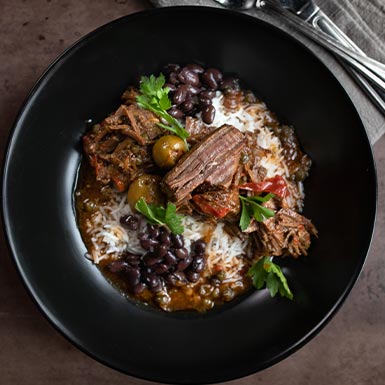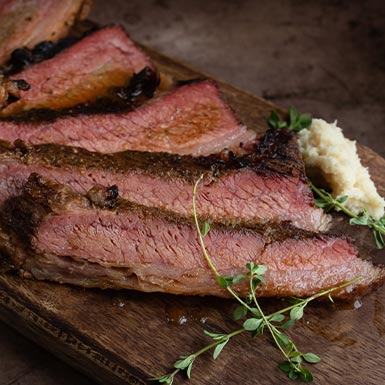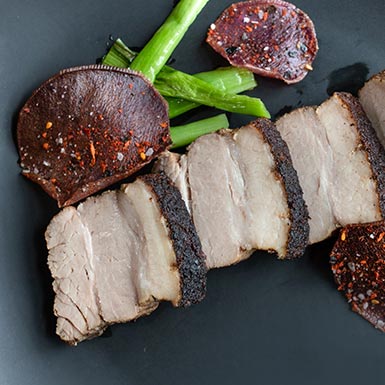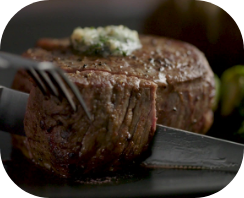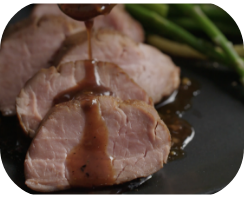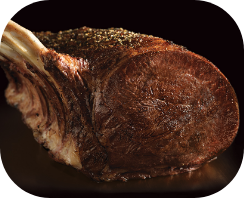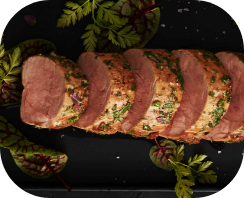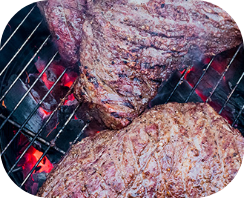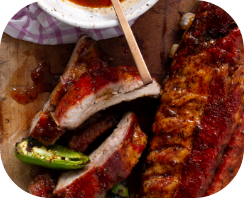The spicy tang of horseradish perfectly offsets the richness of a hearty rib roast.
.Ingredients:
rib roast
1 Chairman’s Reserve® bone-in beef rib roast (4 ribs, about 9 pounds), chine bone removed, rib bones frenched, if desired
Coarse (kosher) salt
1 teaspoon freshly ground black pepper
2 garlic cloves
horseradish sauce
One 16 to 15 ounce container sour cream
3 tablespoons prepared horseradish, well drained
2 tablespoons finely sliced chives
1 cup canned reduced-sodium beef broth
2 tablespoons Dijon mustard
2 tablespoons finely chopped fresh thyme
Directions:
- Preheat oven to 350ºF. Tie roast vertically between bones in three places. Season roast with 1 teaspoon salt and pepper, mainly on the two cut sides. Finely chop garlic on chopping board. Sprinkle with 1 teaspoon salt and smear and chop into a paste. Scrape into small bowl, add mustard and thyme, and stir well. Smear over fat cap of roast.
- Place roast, fat side up, on meat rack in shallow roasting pan. Do not add water or cover. Roast until instant-read thermometer inserted into center of roast (not resting in fat) reads 135ºF for medium-rare, 2 ¾ to 3 hours. (For medium, roast until thermometer reads 145ºF, about 15 minutes more.) Remove from oven and transfer to carving board. Let stand 15 minutes — roast temperature will rise 5ºF to 10ºF during this period.
- Meanwhile, make sauce: In medium bowl, combine sour cream, horseradish and chives. Cover and refrigerate until ready to serve.
- Pour out and discard fat from roasting pan. Place pan on stove over medium heat. When sizzling, add broth and bring to a boil, scraping up browned bits in pan with a wooden spatula or spoon. Keep warm over very low heat. Just before serving, pour into sauceboat.
- Carve roast and serve with jus and sauce passed on the side.




